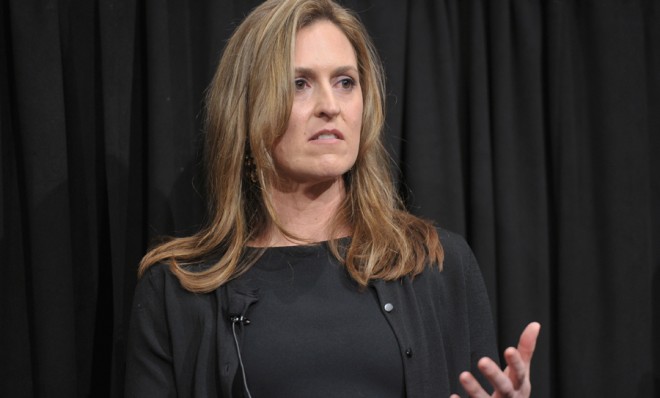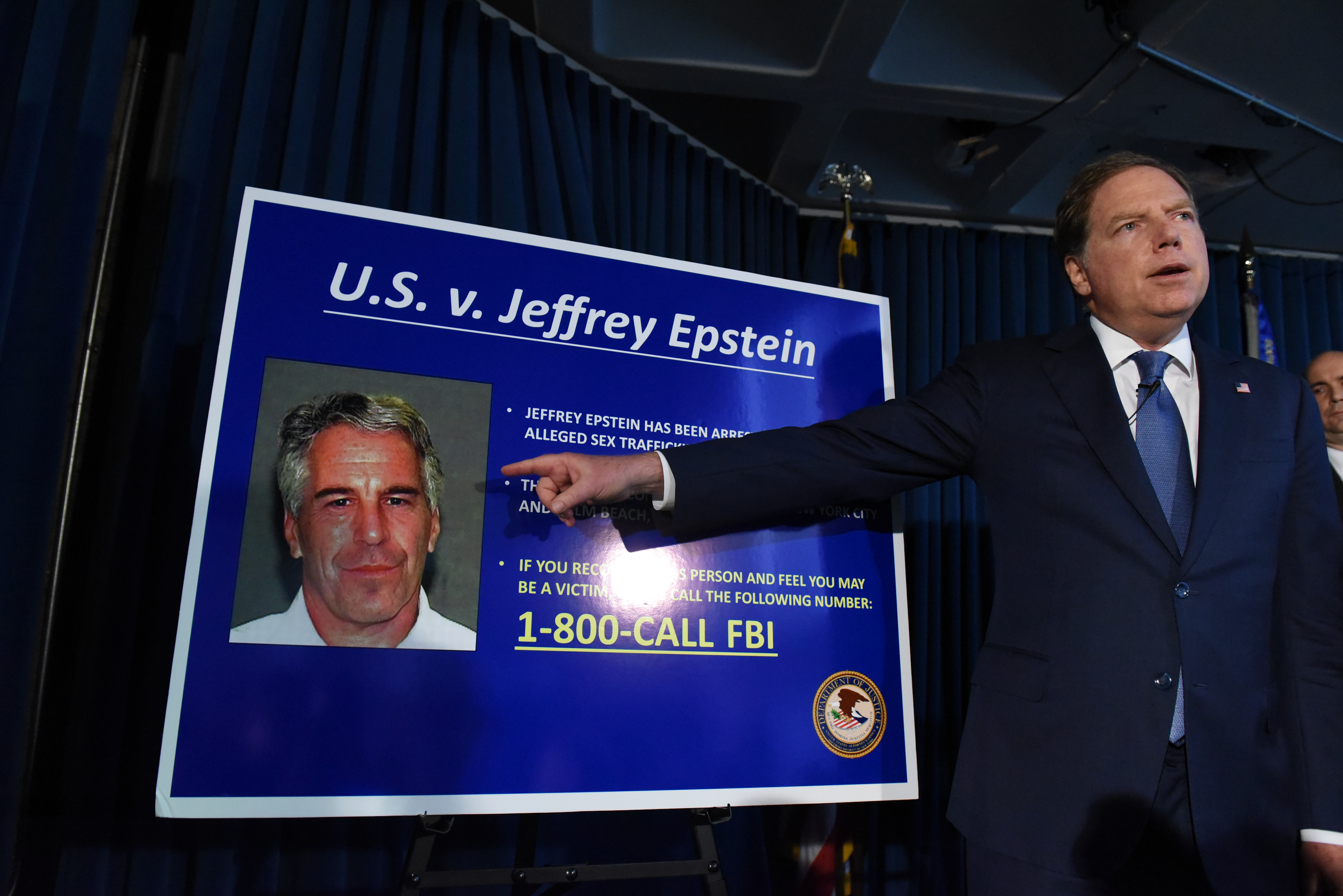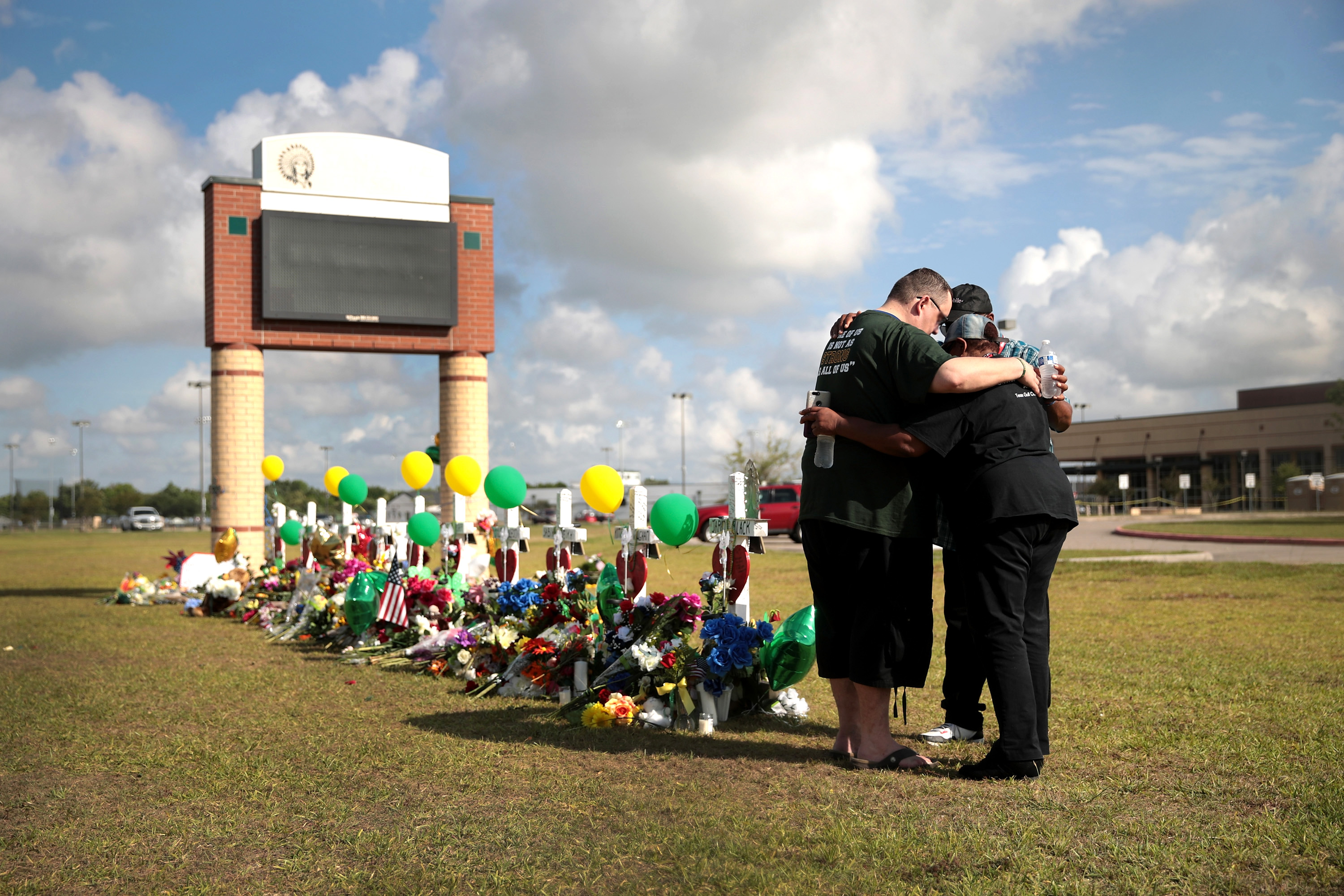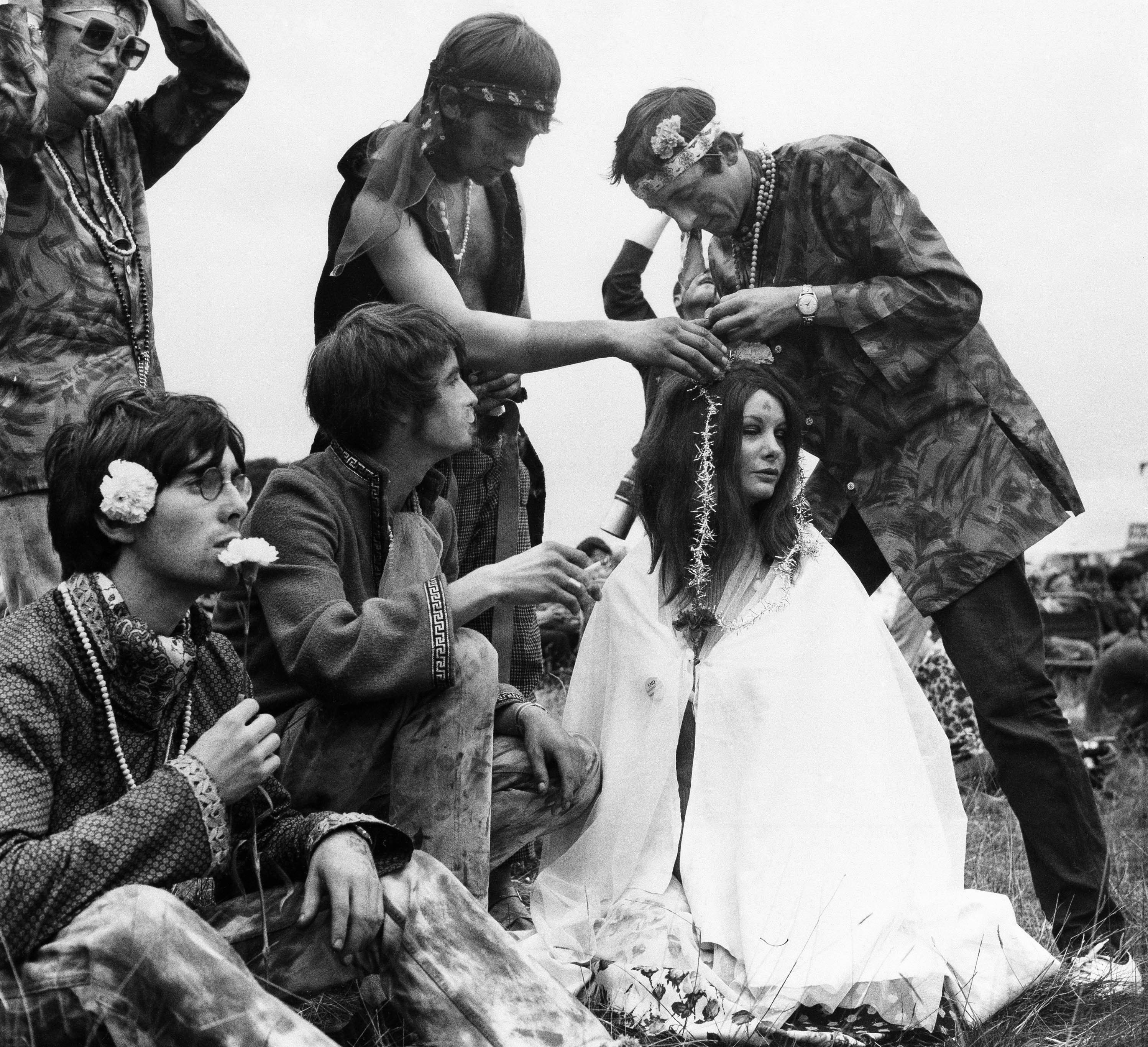Who was who in the hunt for bin Laden


With the great new HBO documentary about the search by CIA analysts and officers for Osama bin Laden about to premiere, I thought it might be useful to put together a small cheat sheet for those keeping score. In a short period of time, a lot of the major actors in this historical narrative have either been outed by the press or chose to disclose information about themselves. Six months ago, America speculated about the inspiration for Mark Boal and Katherine Bigelow's main character in Zero Dark Thirty.
At the time, I assumed that "she" would never be identified, and that she had always been a composite. I was wrong and right; For all intents and purposes, most of the "sisterhood" of officers and analysts who followed the trail are now known. Even the senior CIA officer who ran the classified GREYSTONE program, which used rendition, interrogation, and detention to try to exploit intelligence from high-value al Qaeda detainees, has gone public, as has his boss, the head of the counter-terrorism center at the CTC, as has his boss, the head of the National Clandestine Service.
Nada Bakos: The CIA's senior targeting officer in Iraq, who served as an analyst in the CTC tracking bin Laden, and also as a member of the analytic team that did not find any pre-Iraq-war ties between al Qaeda and Saddam Hussein. Bakos looks strikingly like Jessica Chastain's "Maya," and Bakos was responsible (she would say, one of many who where responsible) for ferreting out several promising leads. (Maya is based in part on a second-generation American who was assigned to the UBL hunt AFTER 2004; the character in the movie seems to be a composite of both Nada and the other woman, whose name has not been disclosed.)
The Week
Escape your echo chamber. Get the facts behind the news, plus analysis from multiple perspectives.

Sign up for The Week's Free Newsletters
From our morning news briefing to a weekly Good News Newsletter, get the best of The Week delivered directly to your inbox.
From our morning news briefing to a weekly Good News Newsletter, get the best of The Week delivered directly to your inbox.
Gina Bennett: In 1993, she wrote the first CIA report that warned about the dangers of a Saudi financier named Osama bin Laden and the network of terrorism he was funding. She was one of the original members of Alec Station, the UBL-hunting unit established a few years later. She was among the first analysts to detect his determination to attack the United States.
Barbara Sude: One of the CIA's top bin Laden analysts for years and its expert on political Islam.
Cindy Storer: Wrote several of the President's Daily Briefs in 2001 that warned in stark terms of a coming bin Laden attack in the United States; she'd been tracking UBL for 8 years at that point.
Jennifer Matthews: She led the UBL and al Qaeda tracking unit right after 9/11 and later became the chief of base at the CIA's station in Khost, Afghanistan. She'd been one of the original Alec Station members. She was seen by her colleagues as a hard ass and as a serious and vigilant analyst and operative. A CIA report criticized her for not sharing information with the FBI before 9/11, a charge she found ridiculous and insulting; after 9/11, she became a senior liaison officer to the Brits, and then volunteered for the Khost downrange assignment, partly to expiate the guilt she felt at being blamed for the 9/11 failure. An al Qaeda double agent (a Jordanian recruited by the U.S.) entered the base without being searched and blew himself up. Matthews and eight other CIA officers were killed.
A free daily email with the biggest news stories of the day – and the best features from TheWeek.com
And there were men, of course:
Marty Martin: A CIA case officer who ran its Sunni Extremist Group operations in the CTC before 9/11 and ran the morphed Alec Station unit tasked with finding and interrogating al Qaeda detainees from 2002 to 2004. In this capacity, he helped codify the CIA's GREYSTONE program, which authorized enhanced interrogation techniques, extraordinary rendition, and secret "black sites" in places like Thailand and Romania. Sounds like Robert Duvall in person.
Jose Rodriguez: A CIA case officer who became the head of the Counterterrorism Center in 2002 and later the head of the National Clandestine Service from 2004 to 2007.
Phil Mudd: The CIA's chief Iraq analyst through 2001 and deputy head of the Counterterrorism Center from 2003-2005, and later a key FBI and homeland security official.
Cofer Black: Head of the CIA's counter-terrorism center from 1999 to 2002, later Ambassador at Large for counter-terrorism at the State Department and then a major private contractor.
Robert Grenier: The Islamabad station chief from 1999-2001; chief of the Iraq Issues Group in the Directorate of Operations from 2003-2004; head of the CTC from 2004-2006; fired by Rodriguez for reasons that remain unclear.
Henry "Hank" Crumpton: CTC deputy chief of operations from 1999-2001; ran the CIA's operations in Afghanistan from 2001-2002.
Stephen Kappes: Director of the National Clandestine Service from 2002-2004.
Mike Sulick: Director, NCS, from 2007-2010
John Bennett: Director of the NCS from 2010 until recently; he directed CIA operations against al Qaeda targets in Africa after 9/11 as chief of station in Kenya and then as head of the Special Activities Division in the NCS, the paramilitary wing of the agency.
Richard Blee: Head of the CIA's Alec Station unit after its founder, Michael Scheuer, retired in 1999. Allegedly did not tell the White House or FBI that two terrorists (later 9/11 hijackers) the CIA was tracking had entered the U.S. because (Richard Clarke has alleged) the CIA wanted to "turn" them into human sources.
And then there are those who remain undercover, including the current chief of the NCS, who was Rodriguez's deputy at the CTC and headed up the RDI program after Martin. She was also an original member of Alec Station.
Marc Ambinder is TheWeek.com's editor-at-large. He is the author, with D.B. Grady, of The Command and Deep State: Inside the Government Secrecy Industry. Marc is also a contributing editor for The Atlantic and GQ. Formerly, he served as White House correspondent for National Journal, chief political consultant for CBS News, and politics editor at The Atlantic. Marc is a 2001 graduate of Harvard. He is married to Michael Park, a corporate strategy consultant, and lives in Los Angeles.
-
 7 lingering questions about Jeffrey Epstein's death
7 lingering questions about Jeffrey Epstein's deathThe Explainer Truth can be as strange as conspiracy theories
-
 3 things everyone is getting wrong about the El Paso-Dayton shootings
3 things everyone is getting wrong about the El Paso-Dayton shootingsThe Explainer Mental illness is a red herring — but so is Trump
-
 Is it dangerous to lionize the heroes of school shootings?
Is it dangerous to lionize the heroes of school shootings?The Explainer Honoring the children who die saving classmates is laudable — but we should tread carefully
-
 The fear we all live with
The fear we all live withThe Explainer What mass shootings have done to the American psyche
-
 The sick phenomenon of school shooting contagion
The sick phenomenon of school shooting contagionThe Explainer Mass shootings can spread like a disease, with each massacre inspiring new rampages. Can the cycle of violence be stopped?
-
 Why the Parkland conspiracy theories are different
Why the Parkland conspiracy theories are differentThe Explainer They aren't an attempt to make crazy sense of a senseless tragedy. They are a way of saying to the tragedy's victims and survivors: You aren't even worth arguing with.
-
 Sex, drugs, and the Summer of Love
Sex, drugs, and the Summer of LoveThe Explainer Fifty years ago this summer, 75,000 young people flocked to San Francisco to "turn on, tune in, drop out"
-
 What we know about gun violence may surprise you
What we know about gun violence may surprise youThe Explainer Contradictions abound



